Using only equirectangular HDRIs in Daz Studio scenes for illumination
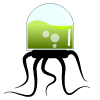 ibr_remote aka infinity10
Posts: 477
ibr_remote aka infinity10
Posts: 477
in The Commons
So I gathered a number of HDR and EXR format images for use as illuminating backgrounds in my Daz Studio scenes. I have not added any other lighting to the scenes. All illumination comes from the HDR or EXR applied to the Environment dome, and tone-mapping adjustments done manually. These are outdoor and indoor HDRIs. I have not got satisfactory results with Night-time HDRIs yet. Let me try a few and post them after this.
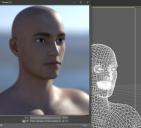

Annotation 2021-04-26 142806.jpg
931 x 843 - 133K
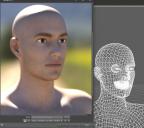

Annotation 2021-04-26 140808.jpg
934 x 831 - 154K
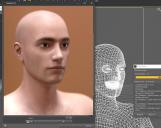

Annotation 2021-04-26 140344.jpg
1065 x 846 - 160K
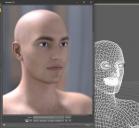

Annotation 2021-04-26 140134.jpg
917 x 846 - 142K
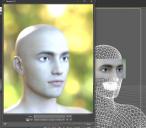

Annotation 2021-04-26 135029.jpg
965 x 845 - 137K


Comments
You may do a simple Google search to find collections of HDRIs online. Some are free for non-commercial use, some are commercial.
there is a learning curve to hdri. no idea what tone mapping is
Adjusting exposure settings etc.
"Tone Mapping" is squeezing 5 pounds of Crisco into a 3 pound can. HDRI (High Dynamic Range Imaging) or just HDR, captures extreme levels of brightness in a scene. The intensity difference between the deep shadow under a rock and the glare of the sun on a white wall or water ripples are perhaps 12 or more "Zones"* of light intensity. And the Sun itself being much higher. However, ink on paper can only represent about 7 zones of contrast. A typical computer display can only represent about 9 zones of contrast. If you try to show your 12 zone image on a screen then some areas will be necessarily lost in darkness or obliterated in whitness. "Tone Mapping" is a mathematical technique to try to squeeze high level contrast images into lower level display media. Conceptually it's like how you can see the shadow of an entire telephone pole on the ground and it be only a few feet long. The science is mathematical but the process is somewhat artistic. A linear "mapping curve" doesn't always produce a pleasing image. Subtle adjustments to the curve(s) can bring out desired areas or colors of the image to make it more natural looking.
HDRI (High Dynamic Range Imaging) or just HDR, captures extreme levels of brightness in a scene. The intensity difference between the deep shadow under a rock and the glare of the sun on a white wall or water ripples are perhaps 12 or more "Zones"* of light intensity. And the Sun itself being much higher. However, ink on paper can only represent about 7 zones of contrast. A typical computer display can only represent about 9 zones of contrast. If you try to show your 12 zone image on a screen then some areas will be necessarily lost in darkness or obliterated in whitness. "Tone Mapping" is a mathematical technique to try to squeeze high level contrast images into lower level display media. Conceptually it's like how you can see the shadow of an entire telephone pole on the ground and it be only a few feet long. The science is mathematical but the process is somewhat artistic. A linear "mapping curve" doesn't always produce a pleasing image. Subtle adjustments to the curve(s) can bring out desired areas or colors of the image to make it more natural looking.
* Note: A "Zone" is a term used by photographic pioneer Ansel Adams to describe image contrast. It's comparable to octaves in music in which the frequency of a tone doubles at the next octave. Similarly, the intensity of light is double that of the previous zone.
Ansel Adams: https://en.wikipedia.org/wiki/Ansel_Adams
Tone Mapping: https://en.wikipedia.org/wiki/Tone_mapping
Thanks for all the comments about HDRI. As mentioned earlier, I find the night time HDRIs harder to manage. Here are some urban night HDRIs used in my scene. There are no other light sources in the scene. All illumination comes from the HDRI.
The Tone Mapping being discussed is the one in Studio that controls the 'camera' not the photographic technique :)